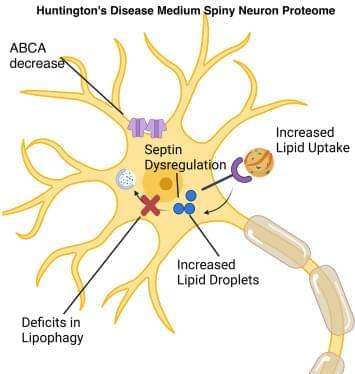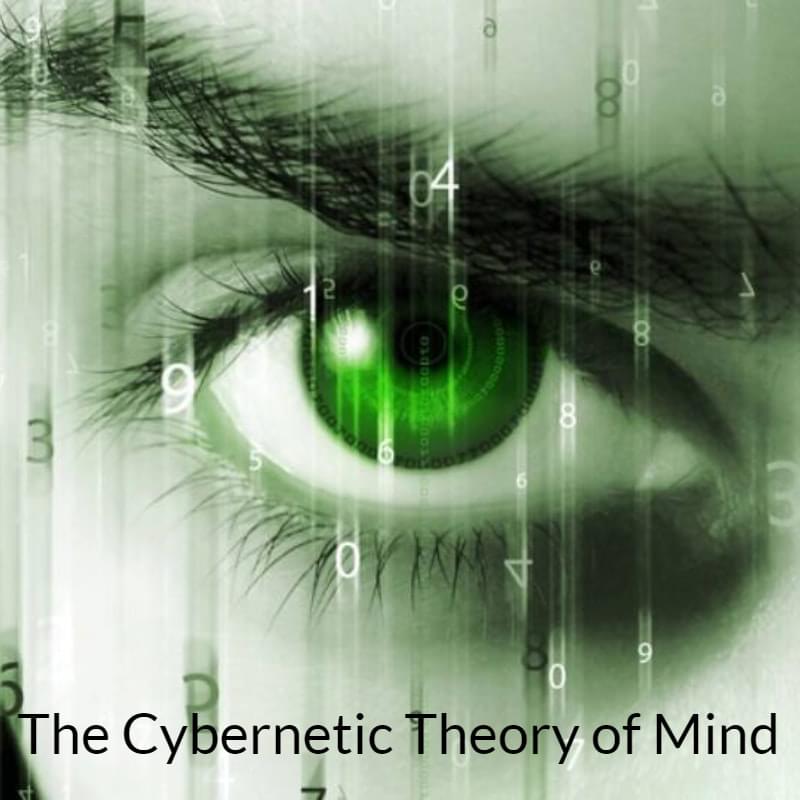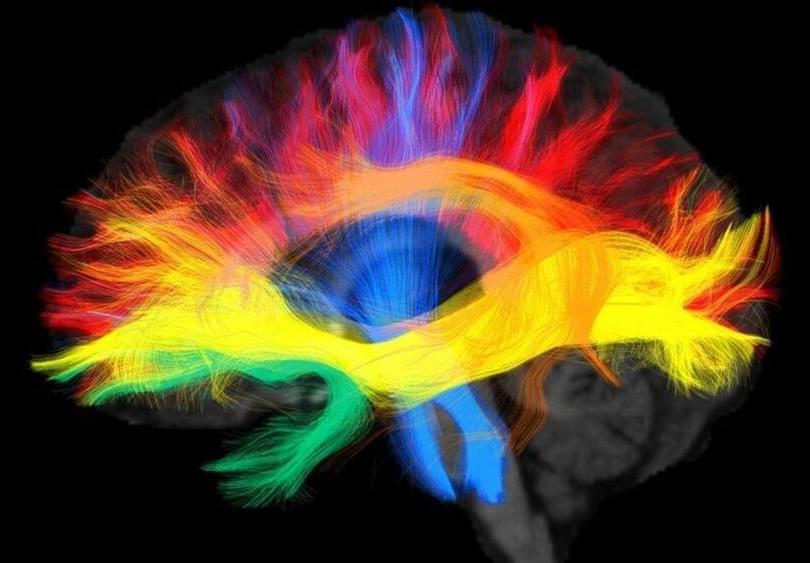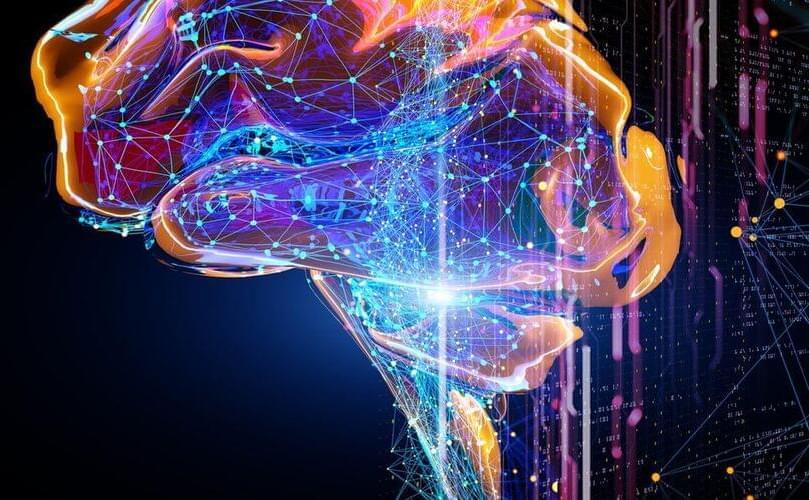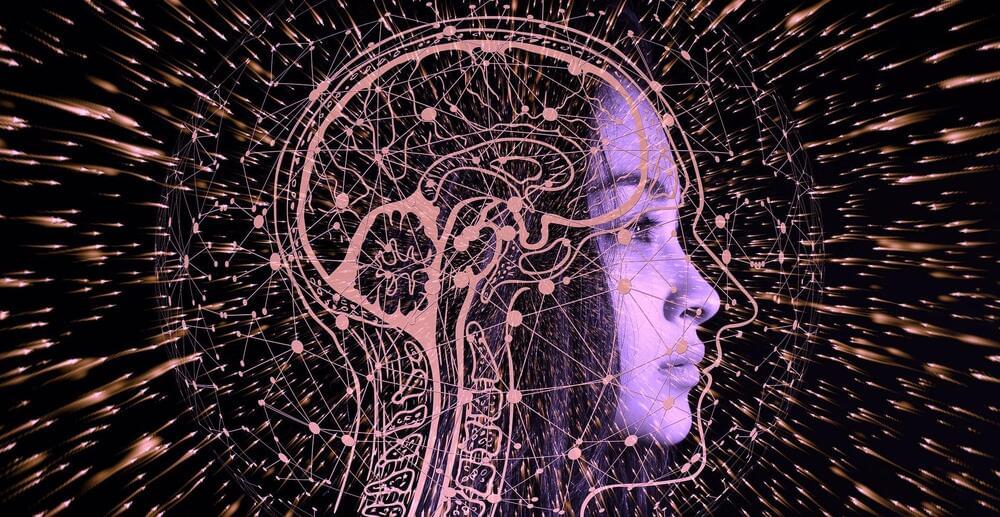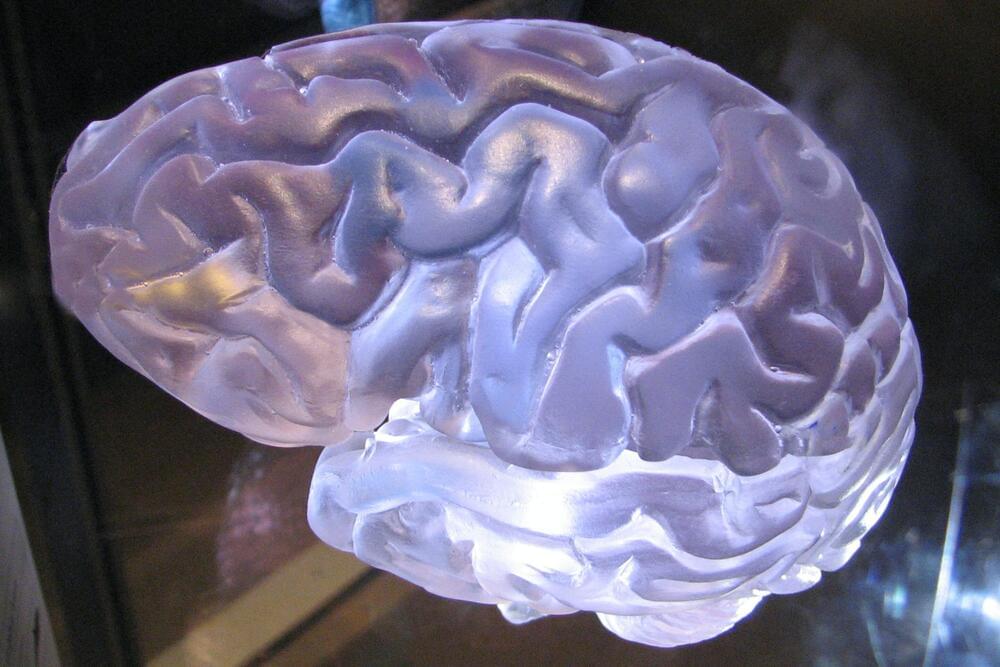Huntington’s disease (HD) is a neurodegenerative disease caused by a CAG repeat expansion in the Huntingtin (HTT) gene. The resulting polyglutamine (polyQ) tract alters the function of the HTT protein. Although HTT is expressed in different tissues, the medium spiny projection neurons (MSNs) in the striatum are particularly vulnerable in HD. Thus, we sought to define the proteome of human HD patient–derived MSNs. We differentiated HD72 induced pluripotent stem cells and isogenic controls into MSNs and carried out quantitative proteomic analysis. Using data-dependent acquisitions with FAIMS for label-free quantification on the Orbitrap Lumos mass spectrometer, we identified 6,323 proteins with at least two unique peptides. Of these, 901 proteins were altered significantly more in the HD72-MSNs than in isogenic controls. Functional enrichment analysis of upregulated proteins demonstrated extracellular matrix and DNA signaling (DNA replication pathway, double-strand break repair, G1/S transition) with the highest significance. Conversely, processes associated with the downregulated proteins included neurogenesis-axogenesis, the brain-derived neurotrophic factor-signaling pathway, Ephrin-A: EphA pathway, regulation of synaptic plasticity, triglyceride homeostasis cholesterol, plasmid lipoprotein particle immune response, interferon-γ signaling, immune system major histocompatibility complex, lipid metabolism and cellular response to stimulus. Moreover, proteins involved in the formation and maintenance of axons, dendrites, and synapses (e.g., Septin protein members) were dysregulated in HD72-MSNs. Importantly, lipid metabolism pathways were altered, and using quantitative image, we found analysis that lipid droplets accumulated in the HD72-MSN, suggesting a deficit in the turnover of lipids possibly through lipophagy. Our proteomics analysis of HD72-MSNs identified relevant pathways that are altered in MSNs and confirm current and new therapeutic targets for HD.
Category: neuroscience – Page 468
In my latest interview, I answer some questions on the fascinating topic of synthetic telepathy. Recently, the concept of synthetic telepathy has gained increasing attention from both the scientific community and the general public. The ability to communicate with others using only our thoughts may sound like something straight out of science fiction, but recent advancements in neuroscience and technology have brought us closer to making this a reality.
#SyntheticTelepathy #neurotechnology #braincomputerinterface #BCI #cybernetics #brainhacking #mindcontrol #nanocybernetics
In recent years, the concept of synthetic telepathy has gained increasing attention from both the scientific community and the general public. The ability to communicate with others using only our thoughts may sound like something straight out of science fiction, but recent advancements in neuroscience and technology have brought us closer to making this a reality. Join us for an exclusive interview with futurist and evolutionary cyberneticist Alex M. Vikoulov, as he shares his expertise on the fascinating topic of synthetic telepathy. Speaking with news reporter Blanca Elena Reyes, Vikoulov will delve into the workings of this cutting-edge technology and discuss its potential applications for the future.
Blanca Elena Reyes: Are you familiar with synthetic telepathy? If you do, how does it work?
Alex Vikoulov: Synthetic telepathy, also referred to as neurotechnology, brain-computer interface (BCI), and more broadly, cybernetics, is a form of technology that enables direct communication between the brain and an external device without the need for physical intervention. This technology allows individuals to transmit their thoughts, feelings, and sensations wirelessly to another person or a machine, allowing for real-time communication and control of technology.
Do you really want to live forever? Futurist Ray Kurzweil has predicted that humans will achieve immortality in just seven years. Genetic engineering company touts ‘Jurassic Park’-like plan to ‘de-extinct’ dodo bird Elon Musk ‘comfortable’ putting Neuralink chip into one of his kids.
Read more ❯.
The actor Bruce Willis was diagnosed with aphasia in April 2022—updated in February 2023 to frontotemporal dementia (FTD). Now, a major advancement is helping develop new treatments for some people with motor neuron diseases, including FTD and ALS, possibly including a nasal spray that could help prevent the genetic disease.
The connections between different regions of the brain responsible for language processing depend on which language you grew up with.
Nita Farahany, professor of law and philosophy at Duke University, has written a new book, The Battle for Your Brain: Defending the Right to Think Freely in the Age of Neurotechnology (Macmillan), which explores how our lives may be impacted by the use of brain-computer interfaces and neural monitoring devices.
Farahany argues that the development and use of neurotech presents a challenge to our current understanding of human rights. Devices designed to measure, record, and influence our mental processes—used by us or on us—may infringe on our rights to mental privacy, freedom of thought, and mental self-determination. She calls this collection of freedoms the right to cognitive liberty. IEEE Spectrum spoke with Farahany recently about the future and present of neurotech and how to weigh its promises—enhanced capabilities, for instance, including bionics and prosthetics and even a third arm —against its potential to interfere with people’s mental sovereignty.
Author, Nita FarahanyMerritt Chesson.
Follow our step-by-step video guide for growing cerebral organoids, or brain organoids, from human pluripotent stem cells (hPSCs). We’ll walk you through embryoid body formation, induction, expansion, and organoid maturation.
0:35 — Embryoid Body Formation.
2:57 — Induction.
4:07 — Expansion.
6:42 — Organoid Maturation.
View a printable protocol on how to grow cerebral organoids: https://bit.ly/38hvMDA
Explore resources for neural organoid research: https://bit.ly/34ZGWun.
#CerebralOrganoids #BrainOrganoids #3Dculture.
For a full list of products, as well as educational resources, visit our website: https://www.stemcell.com.
Credit: Pixabay.
“Observer,” a thriller co-written by the scientist Robert Lanza and the leading sci-fi writer Nancy Kress, looks towards quantum physics and beyond in a provocative story of a brilliant neurosurgeon.
In the current edition of The Lancet Neurology, researchers of the Human Brain Project (HBP) present the novel clinical uses of advanced brain modeling methods. Computational brain modeling techniques that integrate the measured data of a patient have been developed by researchers at AMU Marseille as part of the HBP. The models can be used as predictive tools to virtually test clinical hypotheses and strategies.
To create personalized brain models, the researchers use a simulation technology called The Virtual Brain (TVB), which HBP scientist Viktor Jirsa has developed together with collaborators. For each patient, the computational models are created from data of the individually measured anatomy, structural connectivity and brain dynamics.
The approach has been first applied in epilepsy, and a major clinical trial is currently ongoing. The TVB technology enables clinicians to simulate the spread of abnormal activity during epileptic seizures in a patient’s brain, helping them to better identify the target areas. In January, the team had presented the detailed methodology of the epilepsy work on the cover of Science Translational Medicine.
Johns Hopkins researchers break ground on new field of ‘organoid intelligence’.
According to researchers at Johns Hopkins University, a “biocomputer” powered by human brain cells could be developed within our lifetime. This technology is expected to exponentially expand the capabilities of modern computing and open up new areas of research.
The team’s plan for “organoid intelligence” was outlined in a recent article published in the journal Frontiers in Science.
